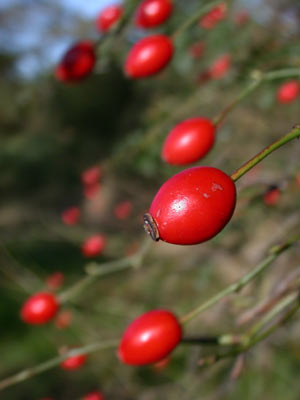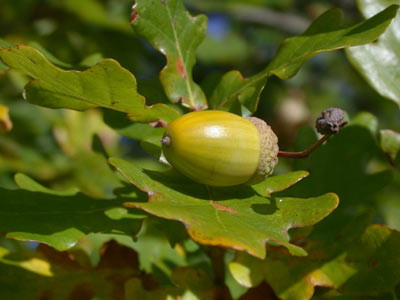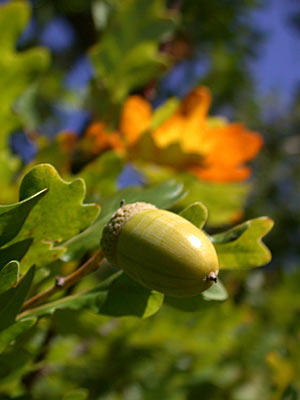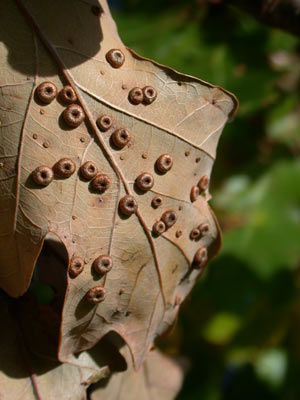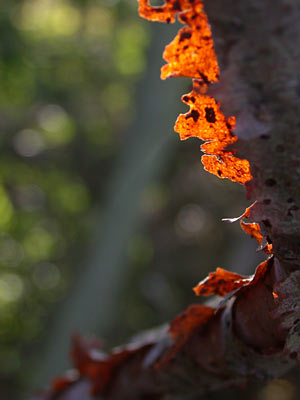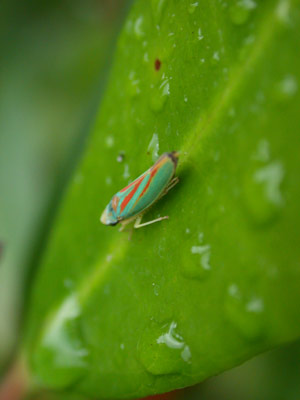Just back from a weekend in Yorkshire with
Mark (oops, wrong one) and Jenny.
Though I suffered from a variety of ailments throughout,
even I had a good time.
Friday evening. Went to put some mist-nets up (the original intention of the weekend was to go ringing, but that got shelved in favour of birding) at Mark's secret site. Appropriately enough, it was foggy.
As we walked to the net rides, a Merlin flew towards us after a Meadow Pipit. The falcon dodged away from us at a range of about 15 feet and the pipit melted into the hedge.
A couple of Grey Partridges 'krrrrrr'd from the surrounding fields, and a skein of Pinkfeet oinked from somewhere overhead. All atmospheric stuff. Back into
Brid for a curry to be consumed in our
luxury static caravan...
Saturday. I finally got out to Flamborough Head in the afternoon (the boys were out all morning). Our team of five (we were joined by Mark and Gareth) had a pretty successful time. Starting off at the steps on the way to Old Fall, Darren picked up a Yellow-browed Warbler in the hedge. Nice work!
At the plantation, there were a few Bramblings and dozens of Redwings made themselves heard. I was trying to string a Blackbird perched at the back of a tree into a Ring Ouzel (were those really pale wing markings I could see?) when it flew off. Left the wood and MT emerged from round the corner: 'Did you get the ouzel?'
Lots of Redwings and Blackbirds shifting about along the hedges, fresh in from their North Sea crossings.
Along the way to the lighthouse, the Marks heard a Richard's Pipit fly up from an adjacent field. I completely failed to hear
any pipits calling. I seem to be getting quite good at that. Short-eared Owl on a fencepost.
On our arrival back into civilisation (the lighthouse area), the place was heaving with birdwatchers who'd arrived in a bus. MT spotted something flitting about in a sycamore in someone's back garden. The something turned out to be another Yellow-browed. We alerted a few nearby birders, phoned the news out and moved on.
Someone told us of a Black Redstart just a little further along the road. A fine male, sitting up on a barn roof, which was then joined by a second, female-type, bird.
'There's a Black Redstart here', a birdwatcher informed us, helpfully. He then saw something flit past us, low to the ground, towards the barn. 'Pied Wagtail'.
That was the male Black Redstart...
Sunday. Drove home via Blacktoft Sands and the Buff-breasted Sandpipers. Went along expecting to see two birds, but by the time we arrived, they'd multiplied into three birds! A nice bonus.
